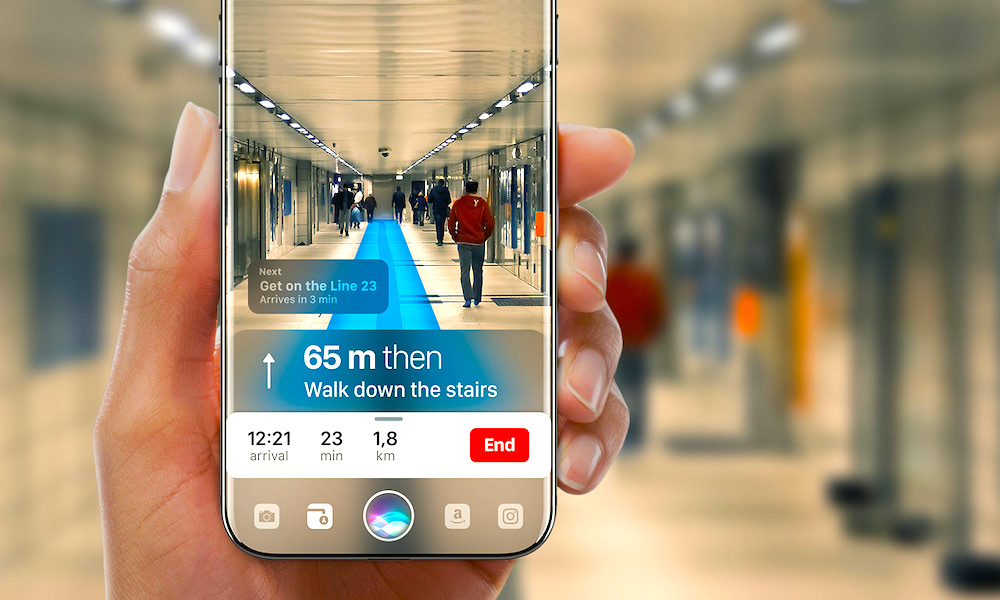2019 iPhones Will Get New Antennas for Indoor Navigation
 Credit: Gabor Balogh
Credit: Gabor Balogh
Toggle Dark Mode
Well-connected analyst Ming-Chi Kuo published another supply chain report over the weekend, backing up his earlier predictions that this year’s iPhone lineup will gain support for indoor navigation features based on new details about how Apple will be redesigning the iPhone to accommodate the new technology.
We first heard rumours of Apple’s plans to add indoor navigation capabilities to the iPhone this year back in February, with a report from Kuo that Apple would be incorporating the Ultra-wideband (UWB) short-range radio technology to allow for precise indoor positioning, allowing users to more accurately find their way around spaces like malls, airports, underground concourses, and stadiums. Apple has experimented with various ways to implement indoor navigation using Bluetooth beacons in the past, but these solutions aren’t really scalable beyond smaller spaces such as Apple’s own retail stores.
Apple added support for indoor maps in iOS 11, with an increasing collection of airports and malls being added to the list on a regular basis, so it’s easy to see how the ability to tie that into an indoor positioning system would be a huge bonus for Apple Maps users, and would give it the edge in this area over rival Google Maps, which has supported indoor maps for longer, and currently boasts support for many more locations, but of course can’t offer indoor positioning capabilities without the necessary hardware
UWB has the advantage of being a more open standard that’s more easily deployed in places like shopping malls, working like GPS in principle, but providing a much greater degree of accuracy — devices can be pinpointed down to as narrow a zone as four inches. Although UWB hasn’t been widely implemented, adding UWB receivers to millions of iPhones would likely help to drive the adoption of the technology, in much the same way that NFC terminals rapidly expanded in the U.S. following the introduction of Apple Pay in 2014.
According to Kuo, however, it appears that Apple has had to rethink their entire antenna design in order to account for the different frequencies used by UWB, and in the process has come to the realization that it can gain the same cellular performance from more cheaply and easily produced modified-PI (MPI) antennas. While Apple has been using liquid crystal polymer (LCP) antenna technology in the current iPhone lineup, Kuo claims that current design and production issues are creating a bottleneck that results in the more expensive technology providing no specific advantage. In short, according to Kuo, Apple has realized that it can switch to less expensive antennas for this year’s iPhones without sacrificing 4G LTE performance.
However, Kuo notes that the UWB upgrades will actually result in a net increase in the cost of the antenna technology in the 2019 iPhones, suggesting that Apple’s primary motivation for moving to lower-cost MPI antennas is to offset these cost increases.
Kuo also reiterates his previous prediction that 2020 will bring us the 5G iPhone, adding that he expects Apple to switch back to the more advanced LCP antennas for that model, as most of the engineering and production issues that limit the performance of that technology should be addressed by then, likely along with improving UWB integration to keep costs reasonable. Of course, implementing 5G technology in iPhones will likely require a completely redesigned antenna array anyway, along with entirely new chips from Qualcomm and likely Samsung as well.
[The information provided in this article has NOT been confirmed by Apple and may be speculation. Provided details may not be factual. Take all rumors, tech or otherwise, with a grain of salt.]






